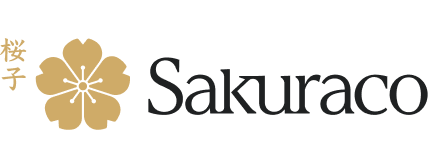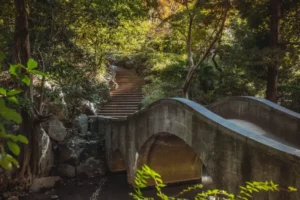For film lovers worldwide, Akira Kurosawa (1910-1998) is a name that will forever be held in honor and the utmost respect. Arguably the greatest Japanese filmmaker to have lived, Kurosawa was more than just a popular director; he was the driving force that helped open the Western world to Japanese filmmaking.
With a career spanning decades and with thirty feature films to his name, Akira Kurosawa was a prolific and highly talented writer and director who expanded the scope of what cinematic storytelling could achieve.
It might seem impossible to imagine this, but some of the biggest movies from the West owe everything to Akira Kurosawa, from Star Wars and Rogue One, to A Fistful of Dollars and even Rebel Moon. There is almost no limit to his reach on Western cinema. Today, we’re covering three of his classic films and diving into why they’re such phenomenal movies.
Table of Contents
ToggleAkira Kurosawa Is Japan’s Most Celebrated Director
It’s nearly impossible to summarize how influential and formative Akira Kurosawa was for the world of international cinema. Still, there is a very good reason why he is often regarded as the single best Japanese director. Each of his films, beginning with his very first films, Sanshiro Sugata in 1943 and 1948’s Drunken Angel, and leading to his massively successful films Rashomon (1950), Seven Samurai (1954), and Yojimbo (1961), has been pivotal in establishing Japanese cinema on a global scale. His directorial style consists of grand, sweeping cinematography emphasizing panoramic establishing shots.
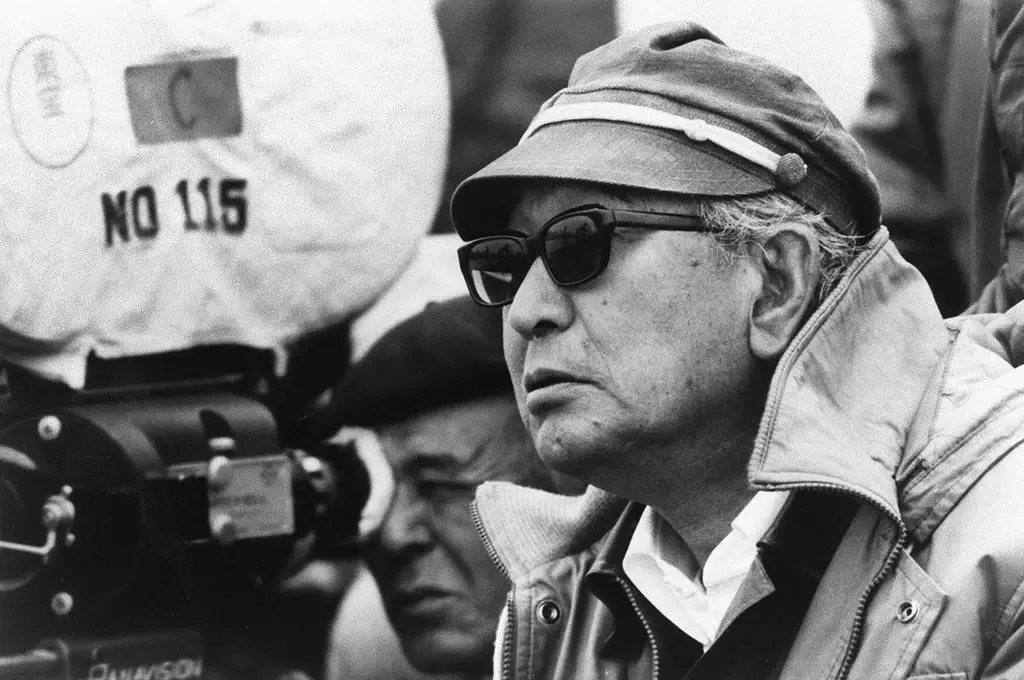
Kurosawa excelled at traditional action films and deeper philosophical narratives, proving how wonderfully flexible he was in writing and directing. Without the success of Rashomon, Japanese cinema would not have entered the Western market as early as it did or as successfully as it did. What’s particularly interesting about Kurosawa’s films is that many take heavy queues from traditional Western settings and tropes, influencing that genre.
“Rashomon”
One day, a woodcutter, a priest, and a commoner take shelter from heavy rain. They gather in a ruined temple. To pass the time, they start talking. They discuss a recent story about a murdered samurai. The murder happened in the nearby forest. However, each man tells a different version of the event. Nevertheless, the truth lies somewhere between all three accounts.
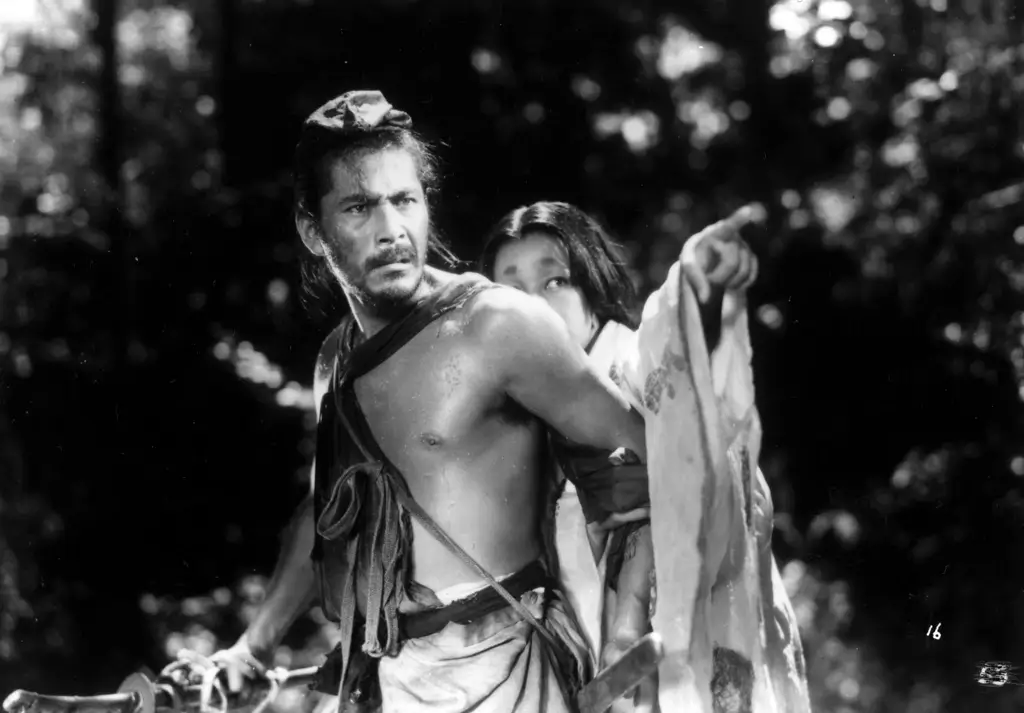
Interestingly enough, Rashomon received a very mixed critical reception upon its release in 1950. Many Japanese critics found the film to cater too much to Western styles and that it failed to explore its complex narrative thoroughly. Contemporarily, however, Rashomon is considered one of the greatest films ever. Its means of manipulating the audience’s trust and comprehension of its central narrative through the modernist use of the unreliable narrator are masterful. Moreover, Rashomon is also the first film to utilize an upward-facing shot of the sun.
Are you looking for unique snacks while watching your favorite classic movies? Check out Sakuraco! Sakuraco delivers traditional Japanese snacks, teas, and sweets from local Japanese makers right to your door every month, perfect for pairing with your daily brew.
“Seven Samurai”
When a local gang of bandits chooses to harass and attack a small village for their seasonal harvest, the villagers realize that they must do something to rid themselves of the bandits. Knowing they lack the skills to defeat them, the villagers hire a band of seven samurai to defend them against the marauding bandits. A heated battle ensues between the bandits and the samurai, the village’s fate hanging in the balance.
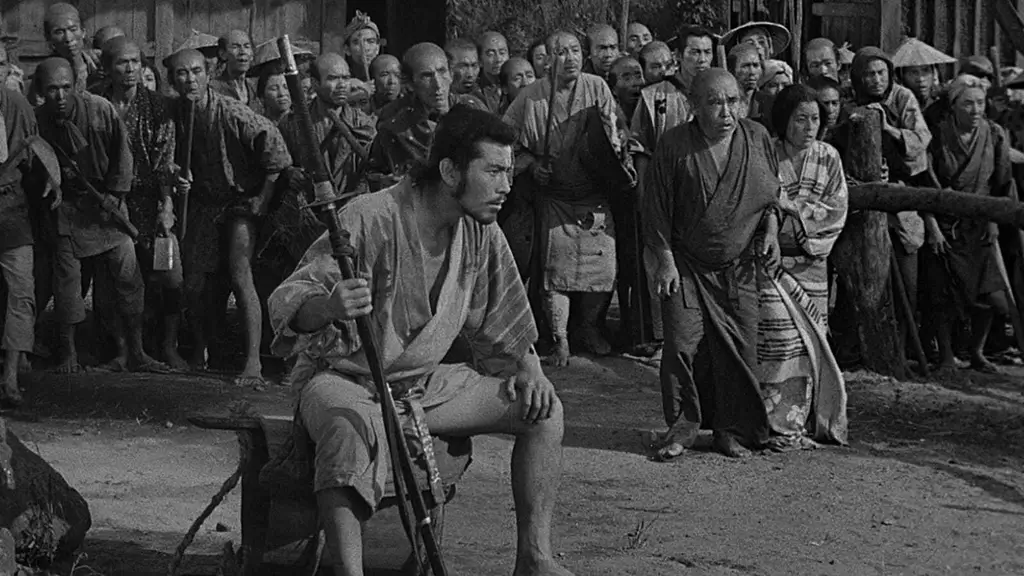
Seven Samurai debuted in 1954, and many people consider it one of the greatest films ever. Many consider it the most culturally important Japanese film. The BBC named it the best foreign-language film in 2018. Many movies, TV shows, and video games have taken inspiration from Seven Samurai. Examples include The Mandalorian, The Dirty Dozen, and The Magnificent Seven. Listing everything influenced by this film would be huge. In short, Seven Samurai is a cultural landmark. It will never be forgotten.
“Throne of Blood”
On the outskirts of the Spider’s Web Forest lies a great castle. Its ruler, Tsuzuki, employs two powerful generals to lead his army, Miki and Washizu. After winning the battle, Miki and Washizu journey through the forest. Their destination is the castle. Along the way, they encounter a mysterious spirit. The spirit gives them a prophecy: Miki will command the first fortress, while Washizu hears that he will become lord of Spider’s Web Castle. Because of this, Washizu is thrilled by this vision of power. He begins plotting to make sure the prophecy comes true. His schemes put even those closest to him at risk.

If this plot sounds familiar, it’s an adaptation of William Shakespeare’s classic tragedy, Macbeth. Rather than being set in medieval Scotland, the tale is told during feudal Japan. The change in setting doesn’t alter the core events of the story, though, with Throne of Blood perfectly executing the classic tale of treachery. Throne of Blood was the most expensive film ever shot during its release in 1957, but as it has gained plenty of international acclaim, the cost was most certainly worth it.
Have you seen any of Akira Kurosawa’s films before? Have you seen any of the films that we covered here? Please let us know in the comments below! We would love to hear what you think about classic Japanese cinema!
Cited Sources
- The Criterion Collection. “Akira Kurosawa“.
- Kyoto Prize. “1994 Kyoto Prize Laureates: Akira Kurosawa“.
- Praemium Imperiale. “The 4th Laureate Theater/Film: Akira Kurosawa.“



